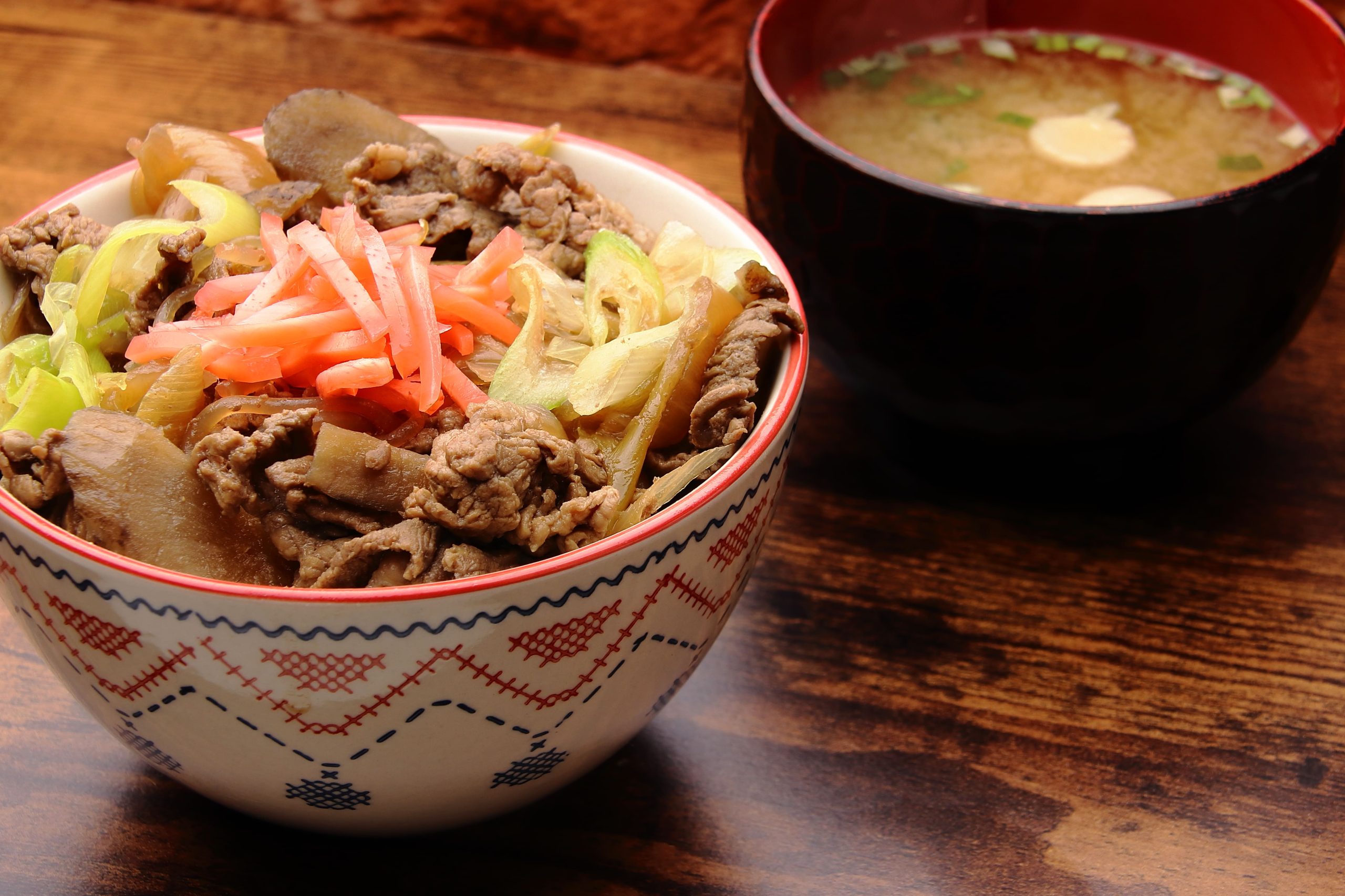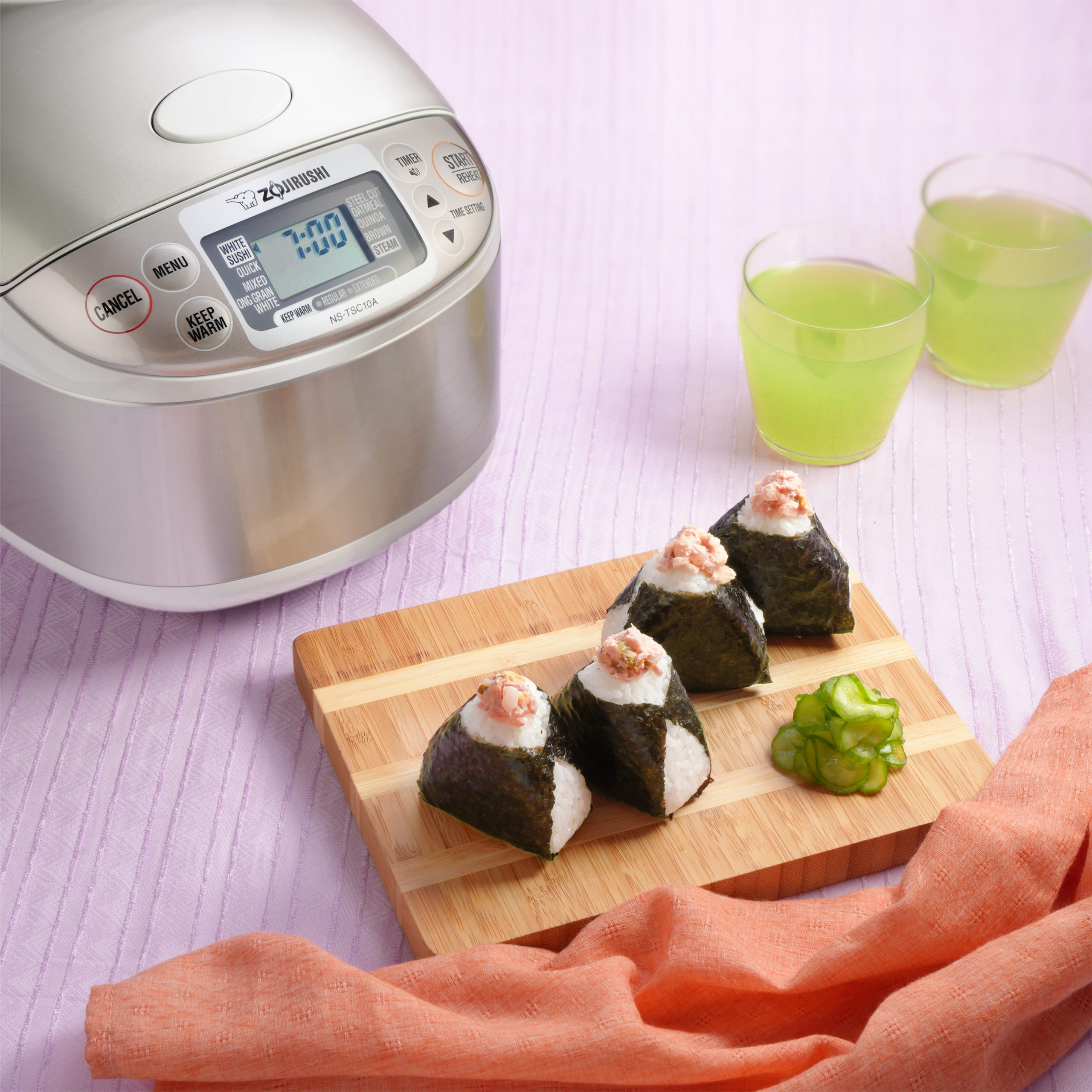Tag: japanesefood

The Art of Donburi: Japan’s Most Versatile Rice Bowl Dish
Read more: The Art of Donburi: Japan’s Most Versatile Rice Bowl DishDonburi, a classic Japanese rice dish, has been enjoyed for centuries. These hearty rice bowls…

Discover the Best Onigiri Fillings and How to Make Them at Home
Read more: Discover the Best Onigiri Fillings and How to Make Them at HomeIn today’s blog, we’re introducing one of Japan’s most beloved snacks—onigiri! Enjoy the deliciousness of…

Mom’s Home Cooked 唐揚げ (Karaage): Japanese Fried Chicken
Read more: Mom’s Home Cooked 唐揚げ (Karaage): Japanese Fried ChickenJapanese Fried Chicken (karaage) is one of the nation’s most celebrated dishes, found in restaurants,…

Product of the Month –
Micom Rice Cooker & Warmer (NL-BAC05)Read more: Product of the Month –Hello and happy February Zojirushi fans! We are so excited to announce that our Product…
Micom Rice Cooker & Warmer (NL-BAC05)
Product of the Month –
Gourmet d’Expert® Electric Skillet (EP-PBC10)Read more: Product of the Month –Happy New Year, Zojirushi fans! We hope that this new decade helps bring you success…
Gourmet d’Expert® Electric Skillet (EP-PBC10)
Foreign Foods in Japan – Baumkuchen!
Read more: Foreign Foods in Japan – Baumkuchen!We’re ending our year of Foreign Foods in Japan on a sweet note, with a…




